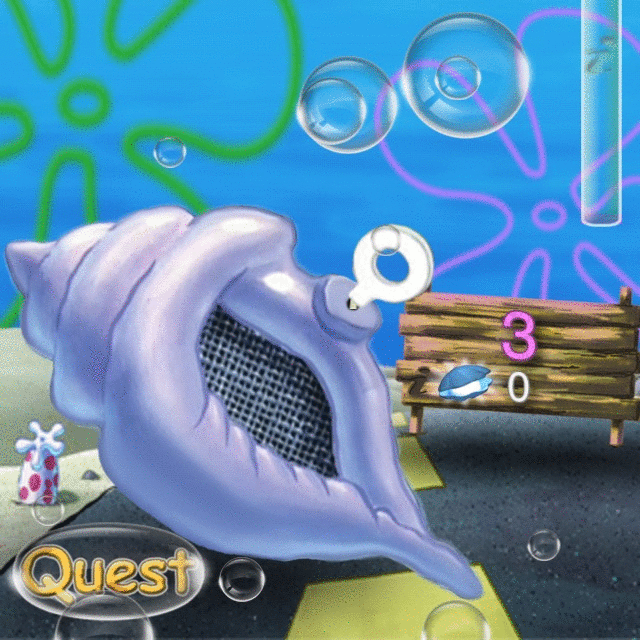I have never been as afraid, and yet so excited, for a piece of technology as I am for Project Glass.
The rumors of Project Glass, also known as the Google Glasses, have been floating around the Internet for at least a year. Up until now, though, everything has been hearsay since the developers have been pretty tight-lipped on the matter.
The cat is finally poking its head out of the bag after Sergey Brin, co-founder of Google, was seen wearing the prototype glasses on a New York subway Jan. 20, 2013, according to an article on abcnews.com.
Project Glass is essentially Google’s way of making the computer even smaller. We have gone from desktop to laptop to tablet to smartphone and now Project Glass is the smallest and most hands free device on the market. It takes your computer screen and puts it right in front of your eyes with a pair of glasses that border on the science fiction.
The entire reason the concept frightens me is simple: There is already a nationwide problem with texting and Facebooking while driving. What’s going to happen when the entire Internet is literally in the line of sight?
I will agree the ability to motion with one hand and have the screen projected on a pair of glasses move with your hand is amazing; the concept just seems a little bit ill-conceived. The initial problems that seem to be present with project glass may be something the developers will work out before general release, but only time will tell.
So far the glasses are only able to do things like take pictures and record video. As Google releases developer versions, which are available for $1,500 they have also released promotional videos of what they hope will be possible as the technology is molded further. The videos include things like interactive social media platforms and text messaging services.
As the developers test out these glasses, I hope safety features become a priority with the budding technology–even though any one with the money can be a developer as Google furthers the project.
As technology gets more and more advanced, my hope continues to be that people will only use the technology in the safest of situations.
If there is anything I have learned, however, it is that there will always be those users for whom warning labels are made. My hope is to see a safety feature go into the Google Glasses that can recognize things like speed and location to disable capabilities in vehicles.
Overall, Project Glass is an exciting advancement in the world of personal technology. My only hopes for the official release is to see safety features and affordable pricing for the everyday tech enthusiast. I know I will be waiting in the wings to get my hands on the final product and see if it really has been worth all of the anticipation.


